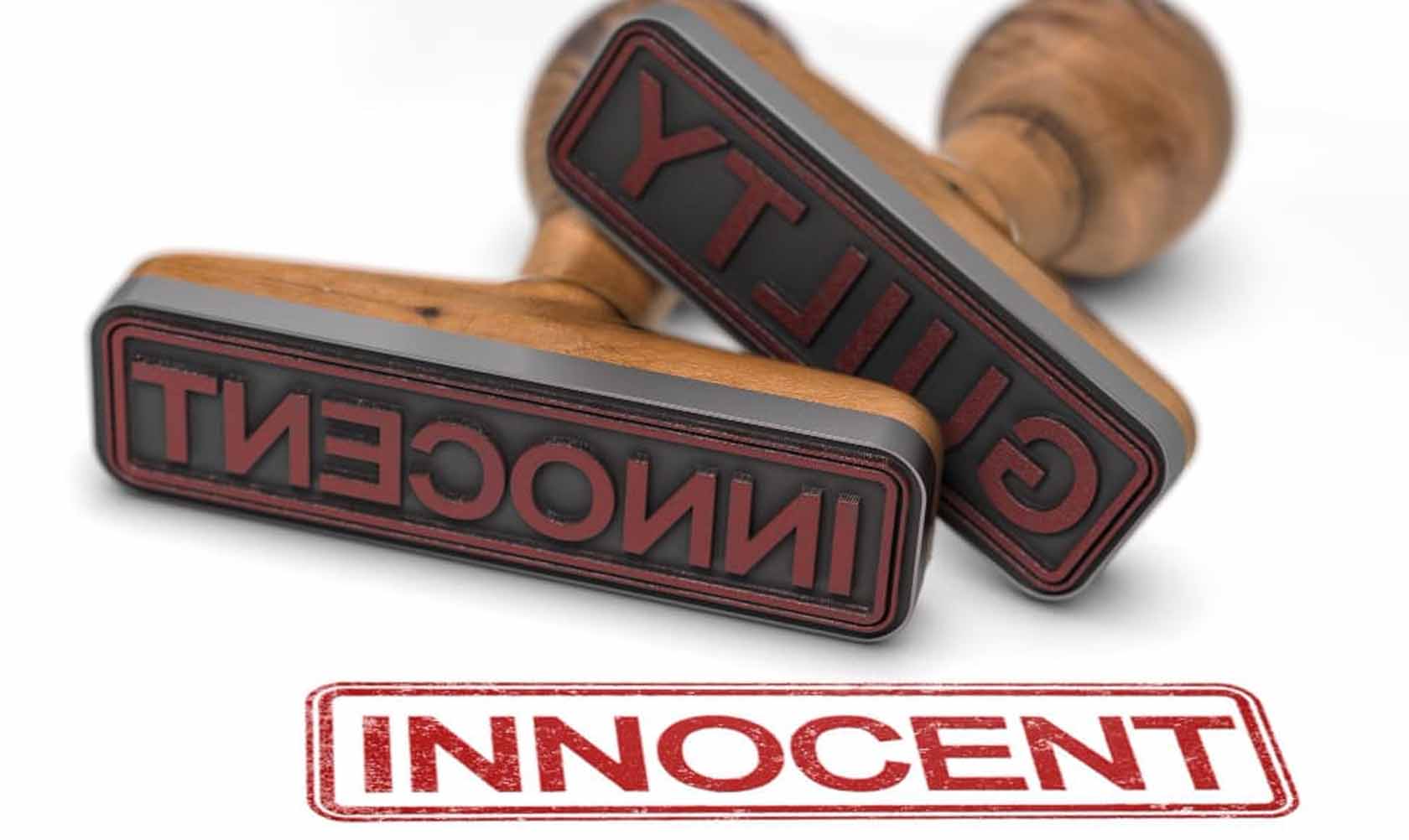In the vast digital realm, where ideas and creations are easily shared, there’s a hidden issue called innocent copyright infringement.
It may sound strange, but it’s when people unintentionally violate someone else’s copyright.
It’s similar to unintentionally crossing an unknown boundary.
This concept raises important questions about creativity, ownership, and being responsible online.
This article speaks about an unintentional violation of copyright and provides you useful insight on how to protect yourself from it.
Understanding Innocent Copyright Infringement
Innocent copyright infringement occurs when someone unintentionally violates the exclusive rights of the rights holder.
Misunderstandings or a lack of awareness regarding intellectual property rights can frequently lead to this occurrence.
Innocent infringers may genuinely believe that they are not violating any laws or rights and may unknowingly use copyrighted material without proper authorization.
Innocent infringement in India
In India, innocent infringement refers to a situation where someone unintentionally violates copyright law.
The Copyright Act of 1957 includes a provision called Section 55(1) that addresses this copyright dispute.
According to this provision, if the defendant can prove that they were unaware and had no reasonable grounds to believe that the copyrighted work existed at the time of the infringement, the plaintiff (the copyright owner) can only seek an injunction remedy to stop the infringement.
Additionally, the court has the sole discretion to determine the extent of any profits earned by the defendant from the sale of infringing copies and may include them as part of the decree.
In such situations, the plaintiff can pursue civil solutions solely against the unintentional violator.
In the case of Ghaffur Baksh v. Jwala Prasad, the Court made a ruling regarding copyright infringement.
The Court stated that if the pirated part is clearly identifiable and distinct, it can be restricted from being published.
But if the pirated part is intertwined with the lawful portion, the Court may prohibit the publication of the entire work to prevent further infringement.
Clinicians now have a streamlined view of patient information through the Electronic Patient Record (EPR) – a single source of truth where all patient medical information can be recorded and accessed from anywhere nationwide. As part of the EPR, genetic data can be easily interpreted, and documenting decisions and agreed actions has been simplified.
Via: Web




